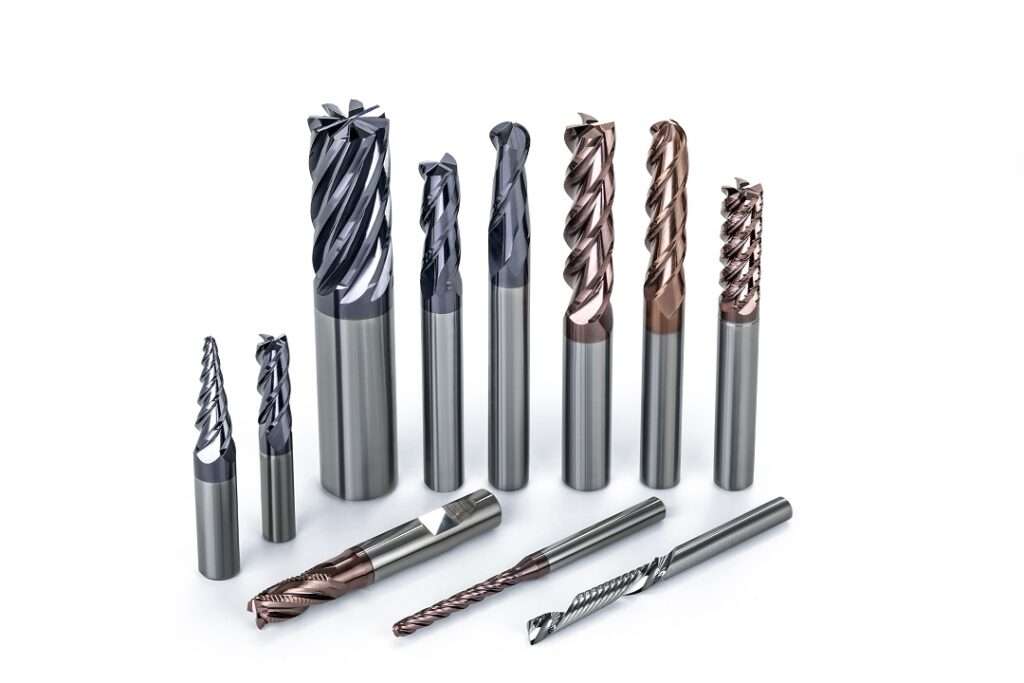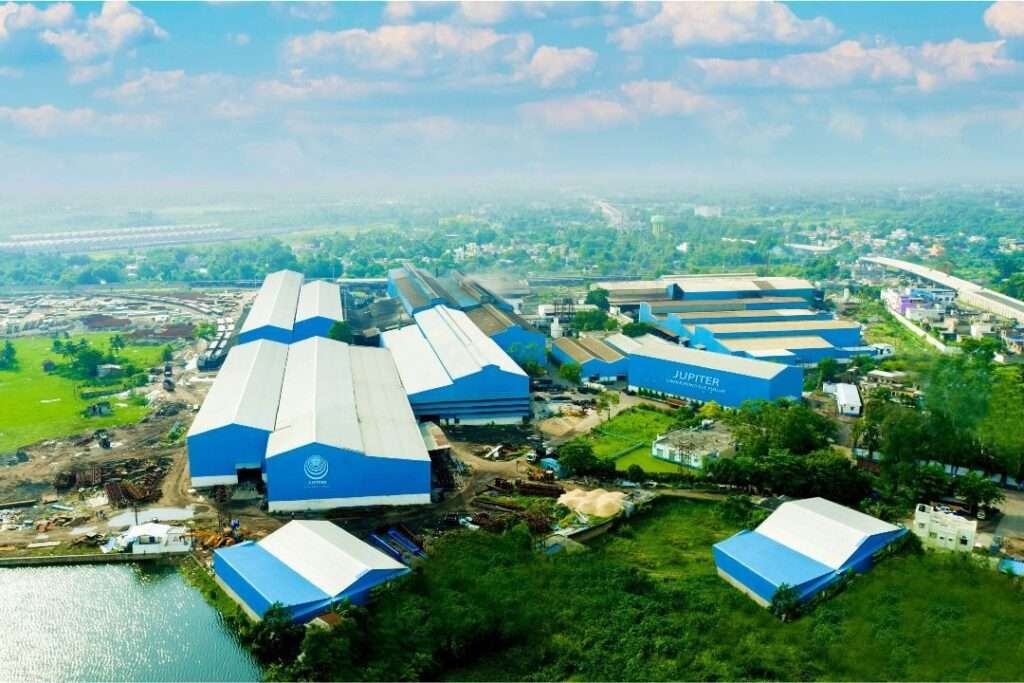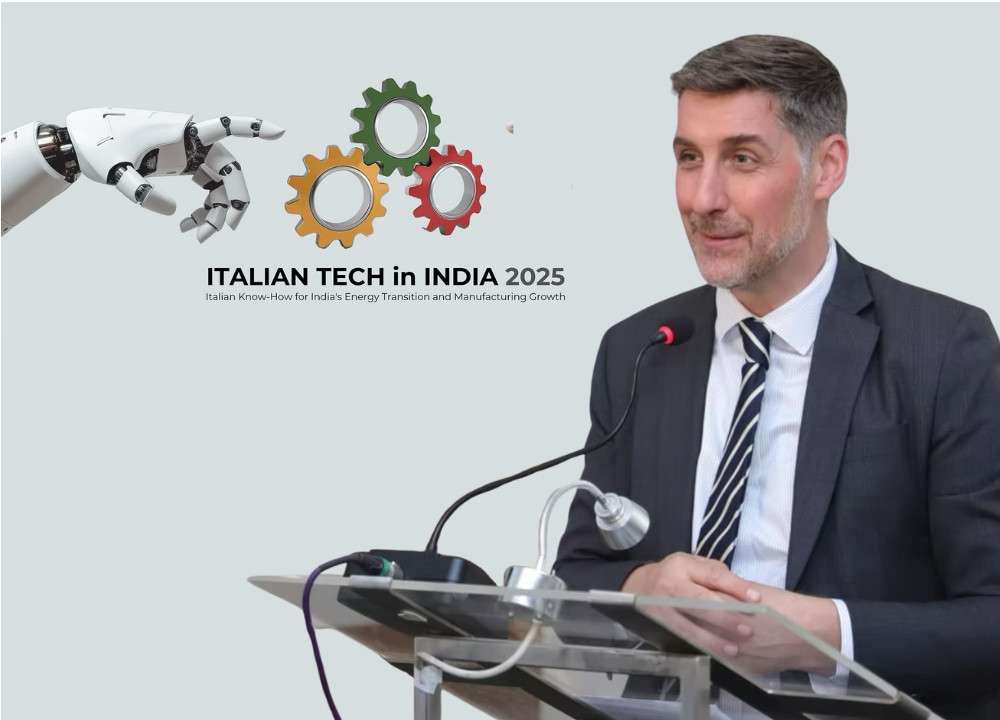On Friday, the Union Cabinet approved a production-linked incentive (PLI) scheme for passive electronic components, with a total outlay of Rs 22,919 crore, as announced by Union Electronics and IT Minister Ashwini Vaishnaw. This initiative marks the first time that such a scheme has been designed specifically to boost the manufacturing of passive, non-semiconductor electronic components.
Vaishnaw highlighted that the scheme will create employment opportunities for 91,600 individuals and draw investments worth approximately Rs 59,350 crore. “This scheme will cover passive components under the Electronics Component PLI initiative, with a total funding of Rs 22,919 crore to be distributed over six years,” Vaishnaw explained.
The scheme is expected to support various sectors, including telecom, consumer electronics, automotive, medical devices, and the power sector. Vaishnaw further stated that the scheme is projected to generate a production output of Rs 4.56 lakh crore.
According to the Electronics Component Manufacturers Association (Elcina), the production of non-semiconductor components in India stood at approximately USD 13 billion in 2022. This figure is expected to grow to USD 20.7 billion by 2026 and could reach USD 37 billion by 2030. However, the sector continues to face a deficit, which is currently being addressed through imports. Elcina had requested a support package worth USD 8.57 billion (approximately Rs 72,500 crore) to help narrow the deficit by Rs 12.36 lakh crore over the next six years.
The Electronic Industries Association of India (Elcina) estimates that without government intervention, the deficit could increase to USD 248 billion (around Rs 21 lakh crore) by 2030. However, with the government’s support, this deficit could be reduced by USD 146 billion (Rs 12.36 lakh crore), bringing the gap down to USD 102 billion (Rs 8.63 lakh crore).







